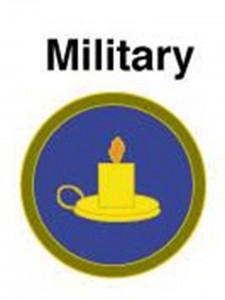Setting the record straight on ‘contractor' spies
The Washington Post Spy Talk Jeff Stein
Robert Young Pelton spent years investigating counterterrorism mercenaries, so the last thing he expected was to be branded one himself.
Yet there he was on the front page of the New York Times on March 14, his color picture flanked by photos of legendary ex-CIA official Duane R. Clarridge and Michael D. Furlong, a Pentagon psychological warfare official.
The headline: “Contractors Tied to Effort to Track and Kill Militants.”
Today the Times corrected the story.

Robert Young Pelton comments:
I am happy to report that the New York Times has done the right thing and corrected their depiction of me in their recent series of articles about Afghanistan and “rogue” contractors. Although I have no personal or ethical problem with DoD contractors, information operations, intelligence activity covert operations or any other programs funded by the Department of Defense to protect our citizens here and overseas. I was not a DoD contractor nor was my company or were my employees involved in any spying, clandestine or illegal activity.
I do have a problem with the illegal use of contractors for espionage, breaking laws or stepping across clearly identified moral boundaries in the use of journalists. But I did not make these allegations, the source for the current activity (almost half a year after we were told the DoD would not be a subscriber) is a leaked memo and DoD insiders. Not my company.
Continue reading “Journal: NYT to Robert Young Pelton–Sorry, Our Bad”







